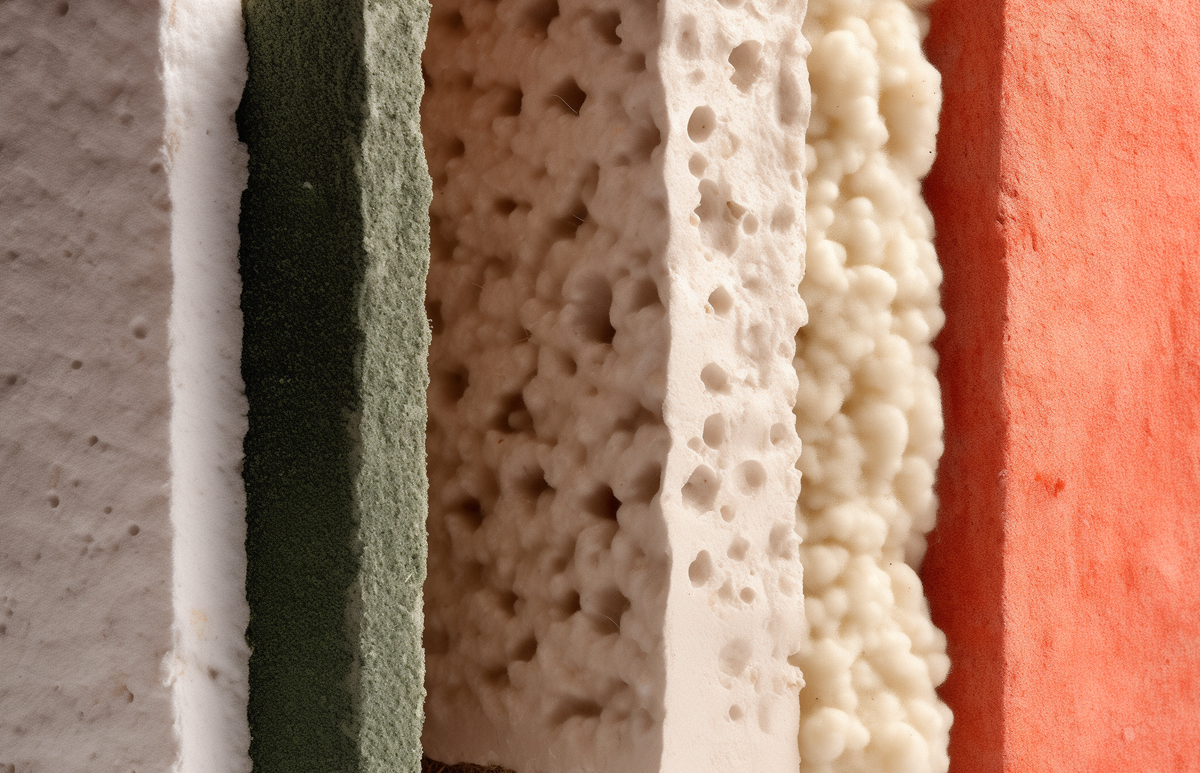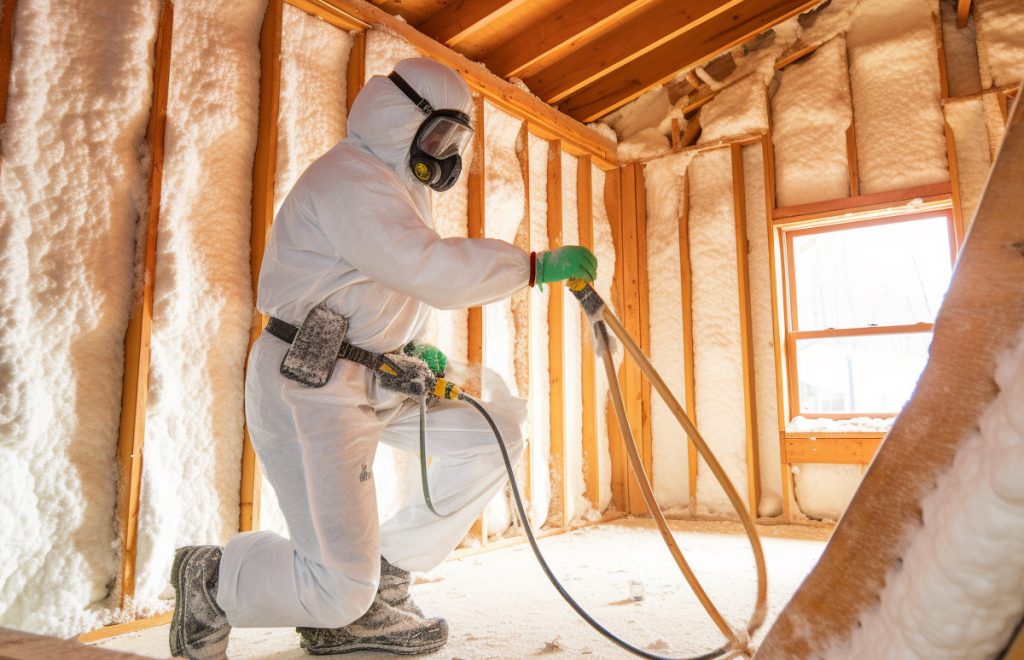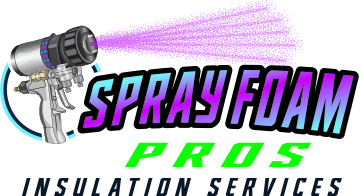When it comes to insulating your home or commercial property, choosing the right type of insulation is crucial. Spray foam insulation is a popular choice due to its superior insulating properties and energy efficiency. However, there are two main types of spray foam insulation: open-cell and closed-cell. Understanding the differences between them can help you make an informed decision for your insulation needs. Here, we’ll break down the characteristics, pros, and cons of each type.
Open-Cell Spray Foam Insulation
Characteristics:
- Density: Open-cell spray foam is less dense than closed-cell foam. It has a spongy texture due to the cells being deliberately left open.
- Expansion: It expands significantly upon application, filling cracks and crevices effectively.
- R-Value: Typically has an R-value of around 3.6 per inch.
Pros:
- Cost-Effective: Generally less expensive than closed-cell foam.
- Flexibility: Its flexibility allows it to move with the structure, reducing the risk of cracks and gaps.
- Soundproofing: Excellent for sound absorption due to its open-cell structure.
- Breathability: Allows moisture to pass through, reducing the risk of mold growth in certain climates.
Cons:
- Lower R-Value: Provides less thermal resistance compared to closed-cell foam.
- Water Absorption: Can absorb water, which might be a drawback in wetter environments.
- Structural Support: Does not add significant structural strength to walls or roofs.
Closed-Cell Spray Foam Insulation
Characteristics:
- Density: Closed-cell foam is much denser and harder due to its tightly packed cell structure.
- Expansion: Expands less than open-cell foam but creates a more rigid and durable insulation layer.
- R-Value: Has a higher R-value, typically around 6.5 per inch.
Pros:
- Higher R-Value: Provides superior insulation, making it more effective at reducing energy costs.
- Moisture Barrier: Acts as a barrier to both air and moisture, making it ideal for flood-prone areas.
- Structural Strength: Adds rigidity and strength to walls and roofs, enhancing the building’s structural integrity.
- Versatility: Suitable for both interior and exterior applications, including roofing.
Cons:
- Cost: More expensive than open-cell foam.
- Rigidity: Its rigidity can be a drawback in structures that experience a lot of movement or settling.
- Vapor Barrier: Its impermeability to moisture can be a disadvantage in some situations, potentially trapping moisture inside walls.
Making the Right Choice
The choice between open-cell and closed-cell spray foam insulation depends on various factors, including your budget, climate, and specific insulation needs. Here are some considerations:
- Budget: If cost is a significant concern, open-cell foam might be the better option due to its lower price point.
- Climate: In areas prone to flooding or high moisture, closed-cell foam’s water-resistant properties can be beneficial.
- Structural Needs: For additional structural support and higher insulation values, closed-cell foam is the superior choice.
- Soundproofing: If noise reduction is a priority, open-cell foam is more effective at absorbing sound.
At Spray Foam Pros, we understand that every project is unique. Our experts can help you determine the best type of spray foam insulation for your specific needs, ensuring optimal performance and energy efficiency for your property.
Contact us today to learn more about our services and get a personalized quote for your insulation project.
This article provides an overview of the differences between open-cell and closed-cell spray foam insulation, helping homeowners and property managers make informed decisions. By weighing the pros and cons of each type, you can choose the insulation that best fits your needs and ensures long-term comfort and savings.



